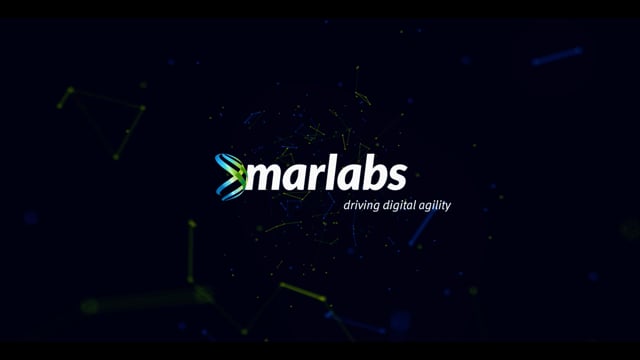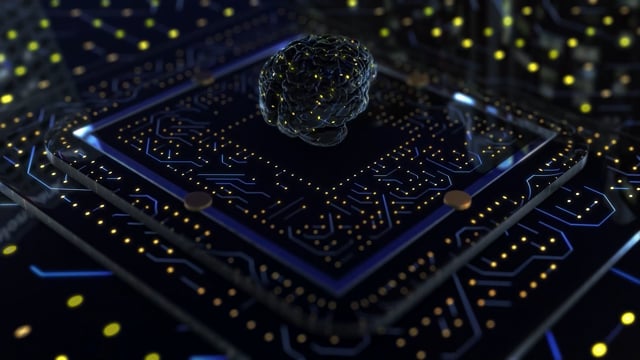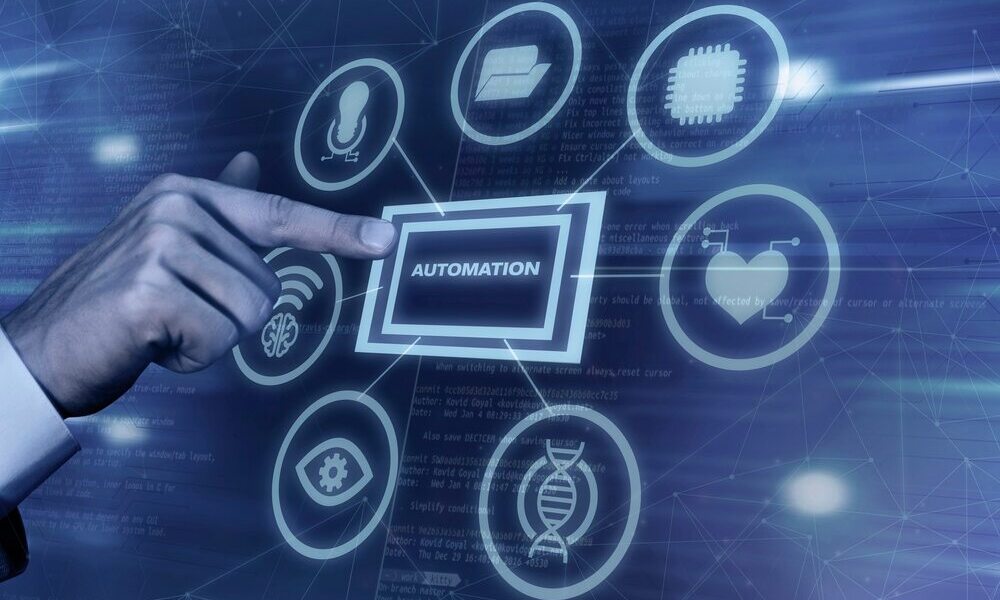The year 2025 is poised to be a pivotal one for intelligent automation. As businesses navigate a complex economic landscape, the need for efficient, adaptable, and intelligent solutions has never been greater. With macro-economic projections set to continue from where they left off in 2023, optimization is set to be a key focus area. This article delves into the key trends shaping intelligent automation in 2025, exploring how these advancements will transform the way we work and live.
But first, what exactly is intelligent automation?
What’s on the cards for intelligent automation?
Automation as a “real digital worker”
In 2025, we’ll see a shift where AI-powered bots are not just assistants but co-workers, actively collaborating with humans to achieve optimal results. From order-takers to value-creators. This means designing processes with the capabilities and limitations of digital workers in mind, leveraging their strengths in data analysis, pattern recognition, and repetitive tasks while freeing up human workers to focus on creativity, problem-solving, and strategic decision-making. Across industries, intelligent automation is set to change, improve, and transform the way business is done.
Beyond RPA: Intelligent automation platforms take center-stage
Robotic process automation (RPA) has been a game-changer for automating routine tasks, but its limitations are becoming apparent. In 2025, we’ll see a rise in intelligent automation platforms that go beyond RPA, integrating various technologies like AI, machine learning, and natural language processing. These platforms will offer a more holistic approach to automation, handling complex tasks, making decisions, and adapting to changing circumstances.
Democratizing Automation: No code? No problem!
The automation revolution won’t be confined to tech giants and large corporations. In 2025, we’ll see a surge in low-code/no-code tools that empower “citizen developers” with little to no coding experience to automate their own workflows. This democratization of automation will unlock the potential of every employee, boosting productivity and innovation across organizations.
The holy alliance of Gen AI with IA
Yes, we spoke about gen AI enough but that’s not going to change soon. Generative AI is poised to revolutionize automation. In 2025, we’ll see the next wave of these applications emerge, from pilots to real business enablers transforming industries from healthcare to manufacturing. Combining the powerful combination of gen AI with intelligent automation is certainly a game-changer.
Ethical considerations and responsible AI
Now, for the important part: the brakes. As automation becomes more pervasive, concerns about ethics and bias will become increasingly important. In 2025, we’ll see a heightened focus on developing and deploying AI responsibly, ensuring fairness, transparency, and accountability in all automation initiatives. This will involve establishing clear guidelines, mitigating bias in algorithms, and prioritizing human oversight for critical decisions.
2025 promises to be a defining year for intelligent automation. As these trends converge, we’ll witness a transformative shift in the way we work, live and interact with technology. By embracing intelligent automation responsibly and ethically, we can unlock a future of greater productivity, efficiency, and human potential.
Bonus tracks - Getting the buy-in you need to implement intelligent automation:
- Speak their language: Ditch the jargon and focus on business outcomes. Show how intelligent automation translates to increased efficiency, cost savings, and boosted revenue. Talk about metrics that matter to them, like ROI, improved customer satisfaction, or enhanced employee productivity. Remember, you're selling solutions, not robots.
- Start small, win big: Choose pilot projects with clear, measurable goals. Don't overwhelm them with an AI overhaul. Demonstrate the benefits with a focused project, like automating repetitive tasks in a specific department. Once they see the tangible results, they'll be chomping at the bit for more.
- Paint the future: Use clear and concise visuals to showcase the potential of AI. Create compelling data visualizations and simulations that illustrate how intelligent automation can transform their business. Remember, a picture (or graph) is worth a thousand spreadsheets.
- Address the elephant in the room: Don't shy away from concerns about job displacement. Be proactive and transparent about the potential impact on the workforce. Highlight how upskilling and reskilling programs can equip employees for new roles alongside automation. Remember, it's about augmentation, not annihilation.






